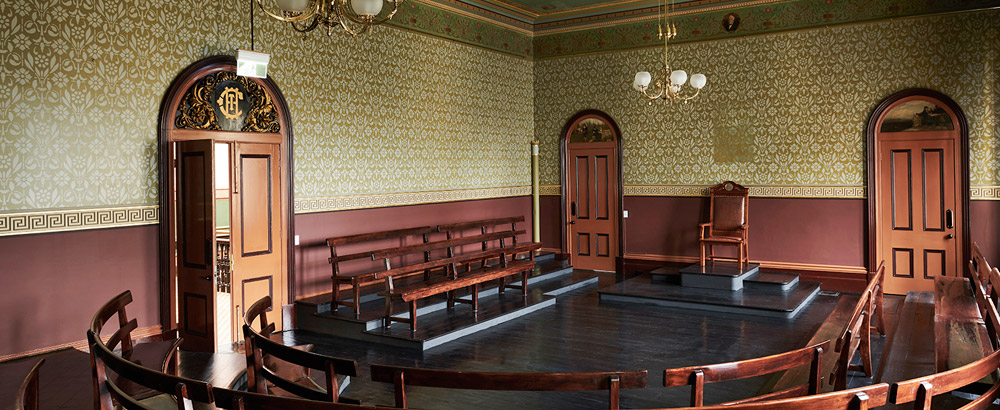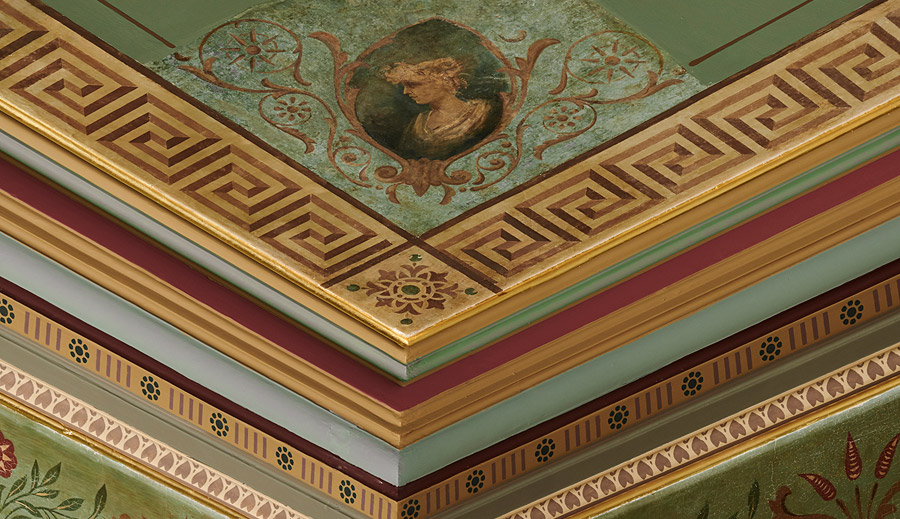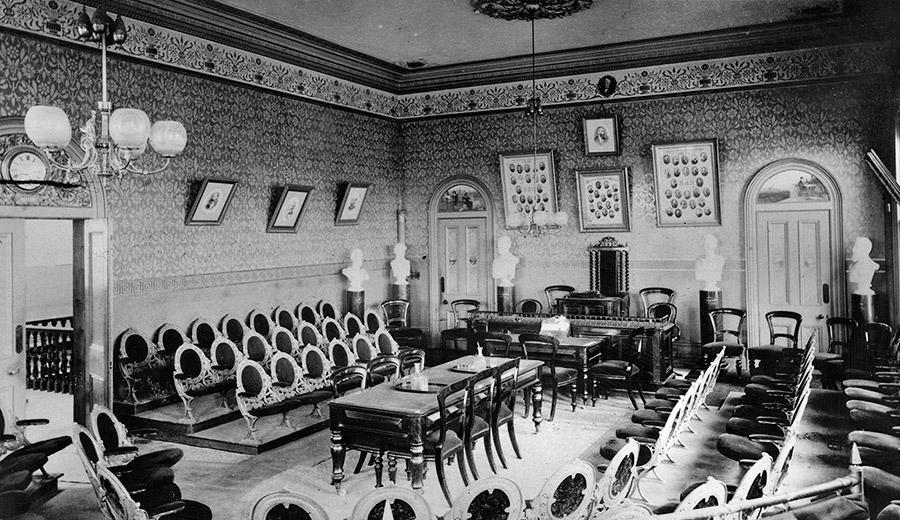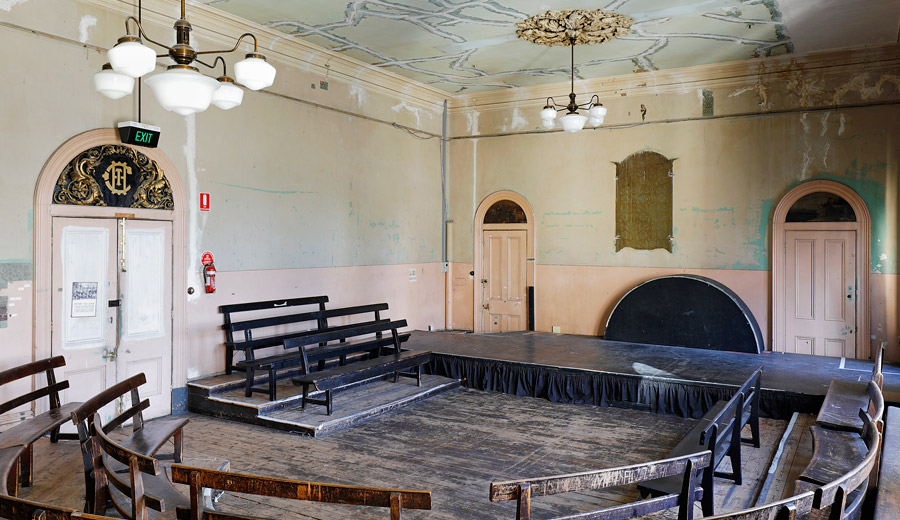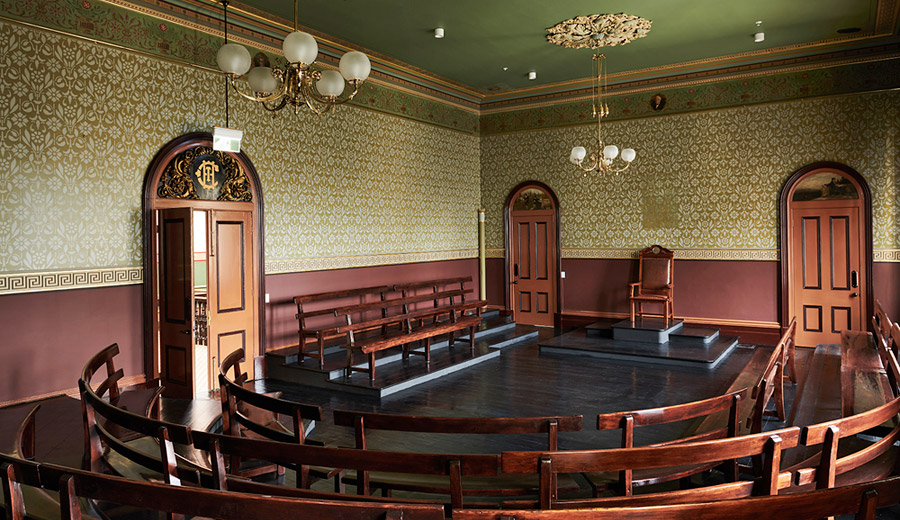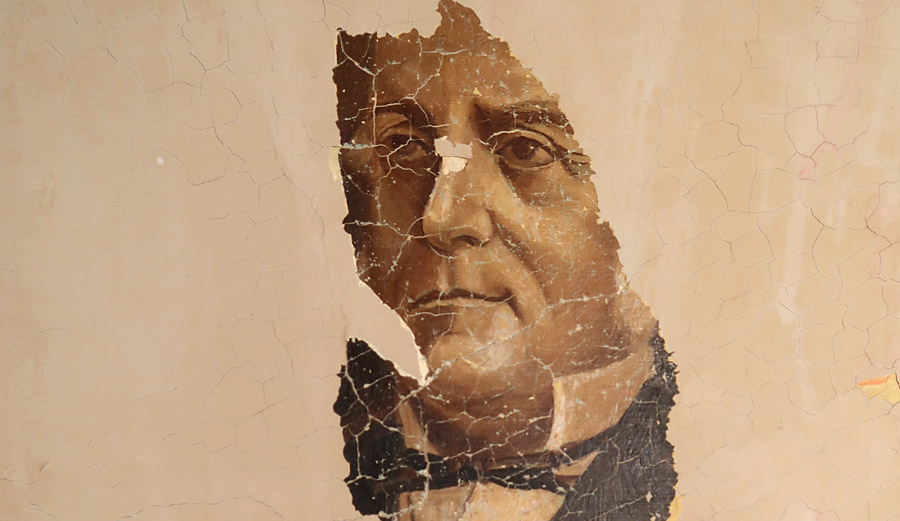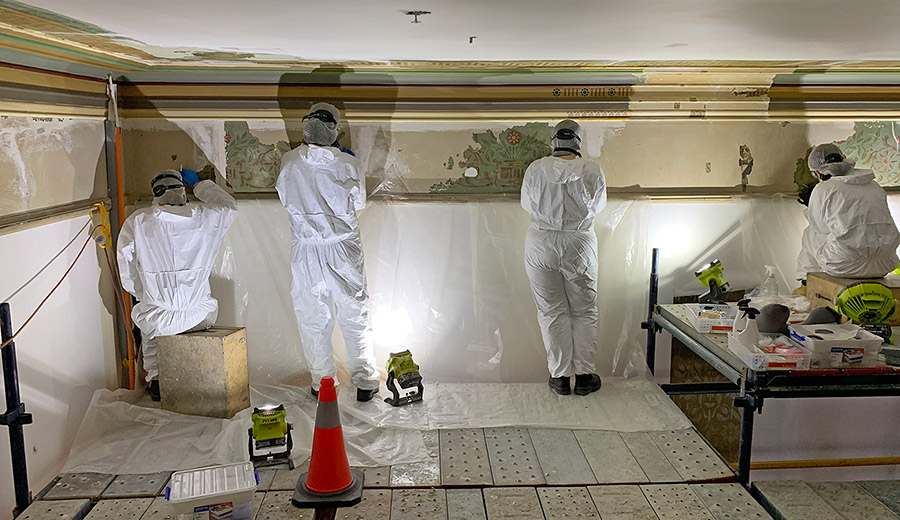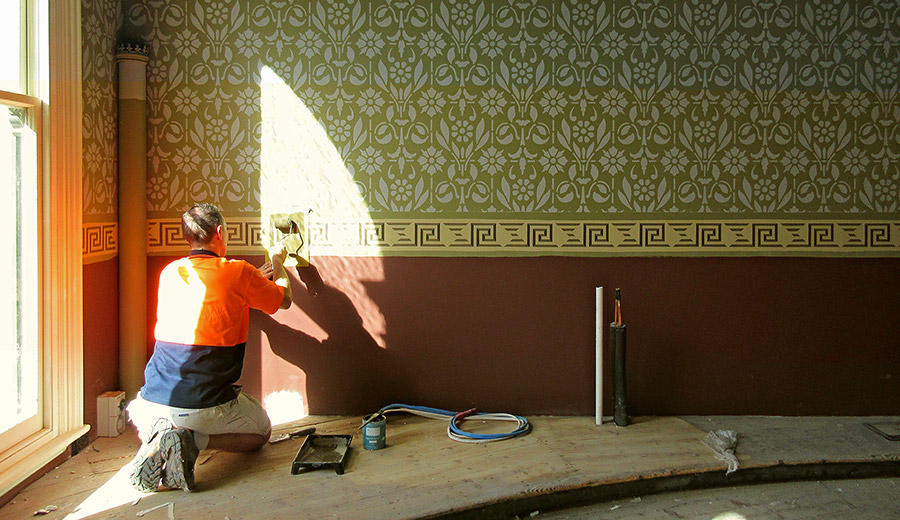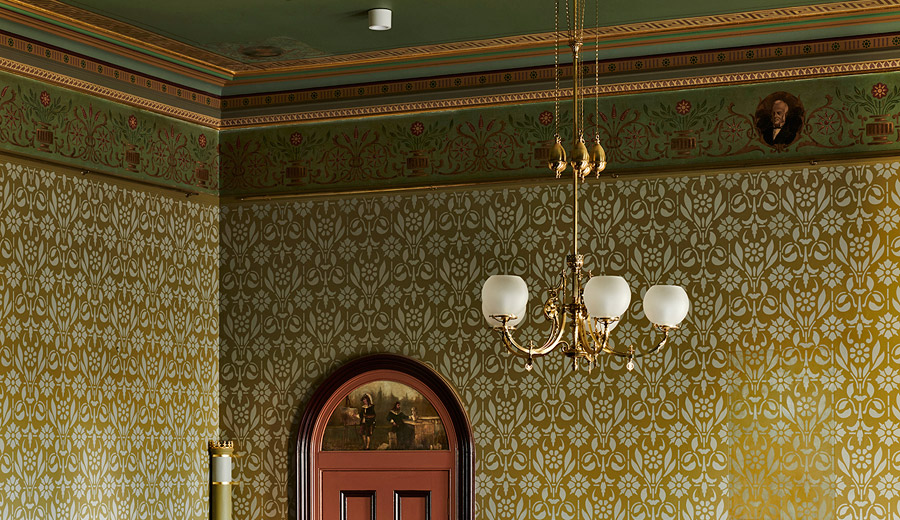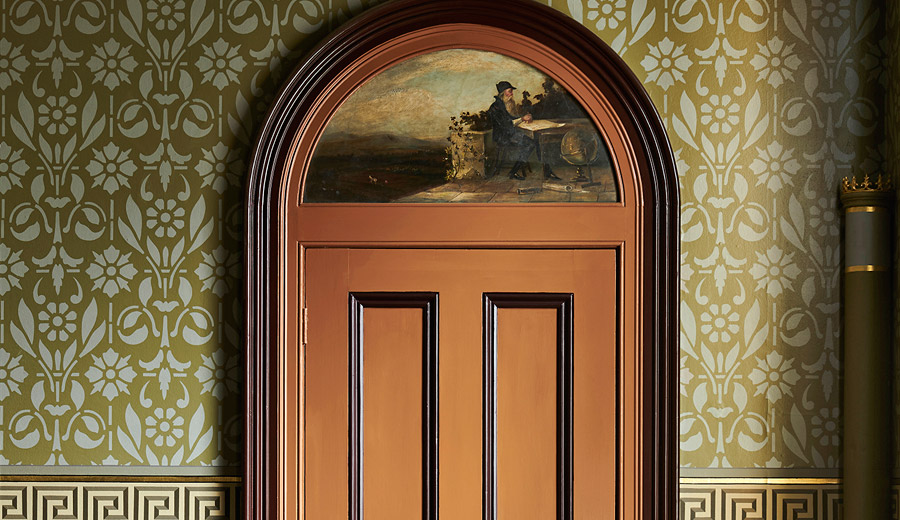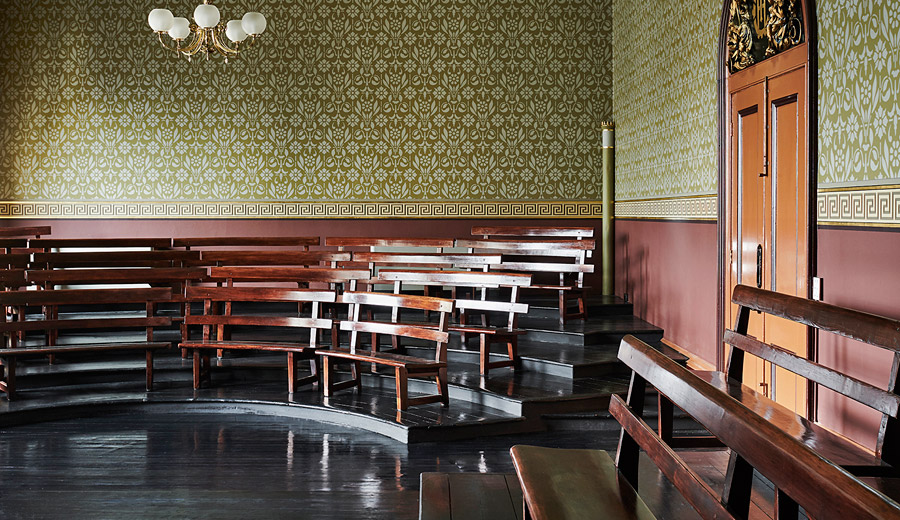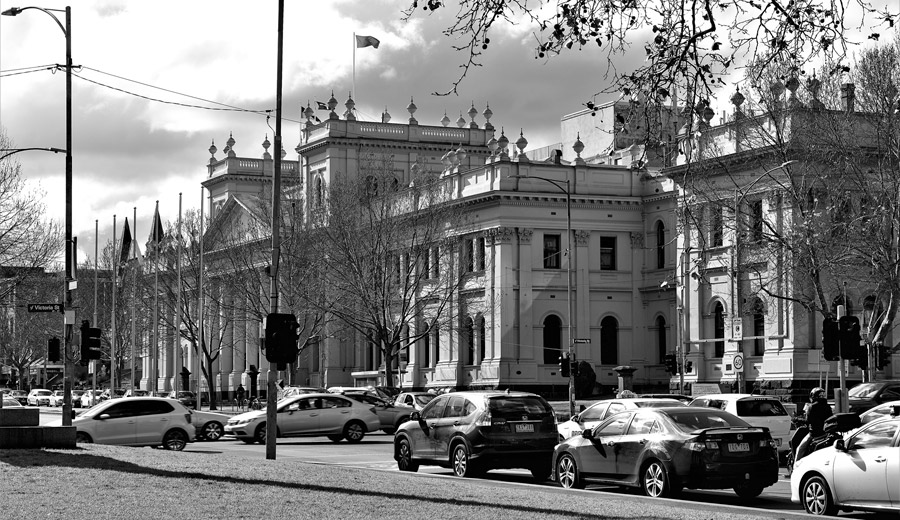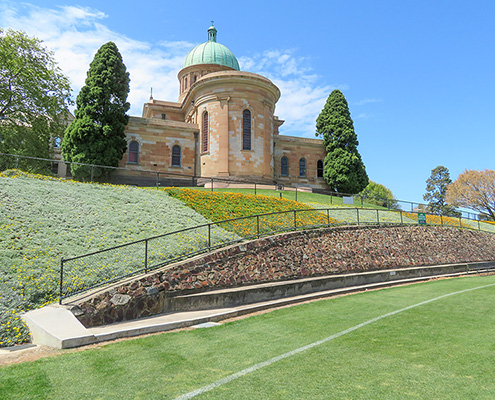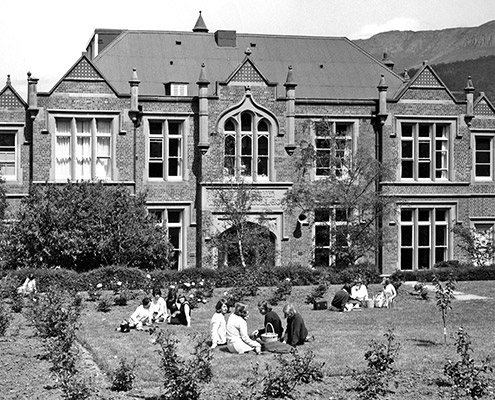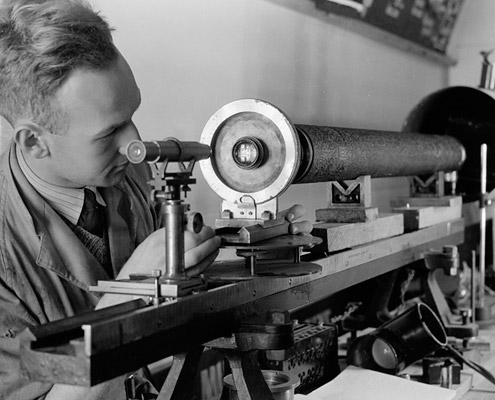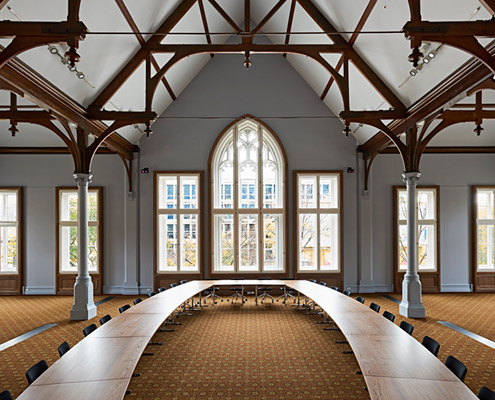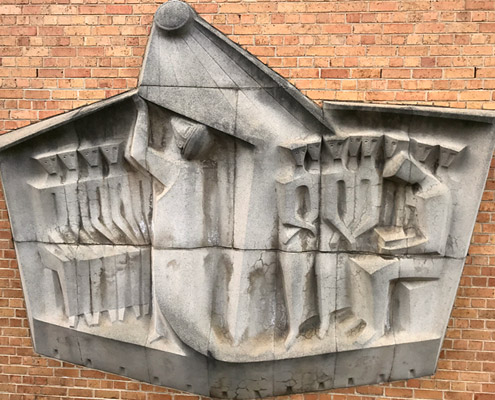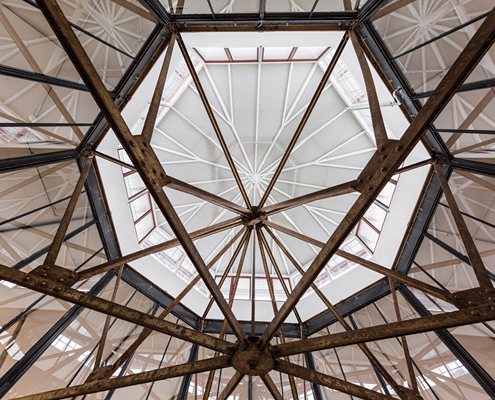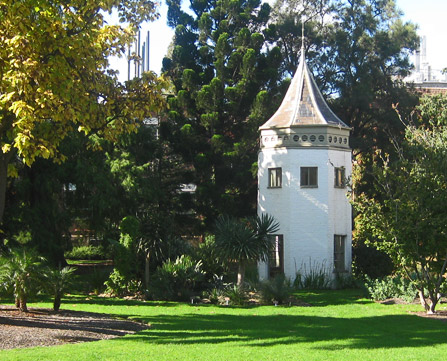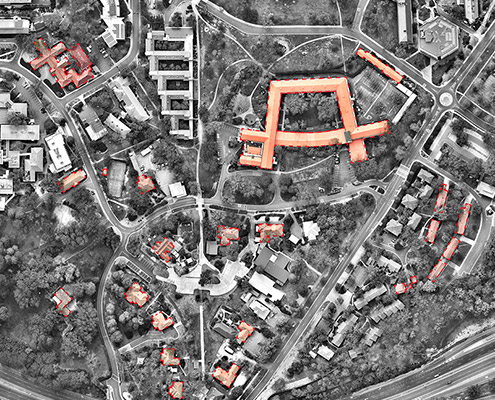
The first council chamber at Victoria’s Trade Hall in Melbourne — now known as the Old Council Chamber — seated up to 127 members on tiered platforms ranged around the room. It opened officially on Friday 7th March 1884, and is located in a space previously used for Friendly Society meetings in the oldest part of the Trades Hall (completed ten years earlier). In 2019, Lovell Chen led the project to restore the chamber to its spectacular mid 1880s splendour as part of the first phase of ongoing conservation and upgrade works, funded for the most part by the state government’s Living Heritage Program.
We prepared a conservation management plan for the Trades Hall in 2016, with an appended conditions assessment and recommendations report. This report identified that achieving a sound and watertight building, conserving its fabric and integrating DDA compliant access into the complex were all priorities, forming the basis of phase one works — together with building services upgrades in the major public-use spaces. For the Old Council Chamber, a plan of restoration was also developed, following a finishes investigation by specialists from the Grimwade Centre for Cultural Materials Conservation (GCCMC) at the University of Melbourne.
Finishes investigations can lead to wonderfully surprising discoveries, and the Old Council Chamber didn’t disappoint. The entire room had been overpainted, so it was hard to know how much of the original scheme by renowned decorators C.S. Paterson Brothers of Little Collins Street, recorded in early photographs and press reports, would be recoverable. At the start there was little to see of original elements such as a hand painted frieze with four portraits, various bands of stencil work, and a band of Greek key pattern around the ceiling with painted medallions of female figures in the corners. The decorated lunette panels above the doors were visible but in need of work, and the three ceiling roses were still in place.
Initial investigations brought the first surprises. Removal of a World War II honour board revealed a section of the stencilled treatment to the upper walls, which would enable reconstruction for the whole room. One of the female figures on the ceiling was uncovered along with evidence of stencil bands. Then the portrait of George Higinbotham (1826-1892), politician and Chief Justice of Victoria, was revealed to be in tact in the frieze above the honour board.
Originally joining Justice Higinbotham were Sir Charles Darling (1809-1870, governor of Victoria), George Stephenson (1871-1848, British railway pioneer) and Samuel Plimsoll (1824-1898, British politician and social reformer). Higinbotham was obviously influential, as he was also present at the opening proceedings and spoke to the invited dignitaries and unionists. He was a keen supporter of the working man. However, large parts of the scheme were missing, and it proved unfeasible to remove the paint from the lower areas of the walls. The restoration plan combined reconstruction of the overall scheme with selective ‘as found’ areas left intact. Finishes restoration works were carried out by conservation specialists Artcare.
In the Old Council Chamber: the walls from skirting to chair rail have been repainted; from chair rail to picture rail, the stencil work has been reconstructed, with the original section protected; from picture frail to cornice, the remains of the frieze have been revealed, conserved and repaired, and the infill painted areas to match. The cornice has been repainted. Around the ceiling, the remains of the Greek key stencil and female portrait have been conserved, and missing areas reinstated. The main ceiling area has been repainted and the ceiling roses also recoloured, following microscopic investigation. Paper was laid on the walls before repainting began, to create a separation between original fabric and new work. The lunettes have been cleaned with diluted ammonia, removing most of the yellowed varnish, revealing the painted scenes more-clearly beneath.
Another survivor from 1884 are the four Tobin Tube vents, located in each corner of the room — mid-height cylinders that were used to provide ventilation. Each is topped with a decorative crown. The original pendant lights did not survive, however, and they have been recreated from historical photographs.
The scope of works for this part of the phase one scheme included patch repairs to the walls and ceiling of the chamber, removal of a modern stage at one end, general conservation works to the timber floor and tiers (and seating) including sanding and clear sealing, the installation of heating and cooling systems, and repairs and modifications to the windows to enable natural ventilation. Building code compliance works included the installation of exterior steel mesh fall-prevention balustrades to the windows, the sill of which are low.
The Living Heritage Program is a Victorian state government grant scheme started in 2016 that supports “safeguarding and reactivating” heritage places on the state heritage list. Trades Hall received $10m in the first round (2016-2017). Conservation works to the Old Council Chamber are funded as part of this grant.
Victorian Architecture Award 2020 : Heritage Architecture – conservation (whole project)
Property Council of Australia : Innovation & Excellence Awards 2022 : Best Heritage Development (Stages 1+ 2)
Heritage data
Trades Hall constructed begun 1874, built in some ten stages
Old Council Chamber 1884
original architect Reed and Barnes
Victorian Heritage Register H 0663
photos of completed project : Eve Wilson
historical image : Old Council Chamber after 1884, reproduced from Carlotta Kellaway, The Workingman’s Parliament: Melbourne Trades Hall, 1988
pre-restoration : Peter Glenane
work-in-progress + exterior : Lovell Chen
SELECTED REPORTS HELD
full list : see REPORTS INDEX
The Trades Hall Melbourne : Conservation and Management Plan
Lovell Chen / 2016 : CONSERVATION MANAGEMENT PLAN

